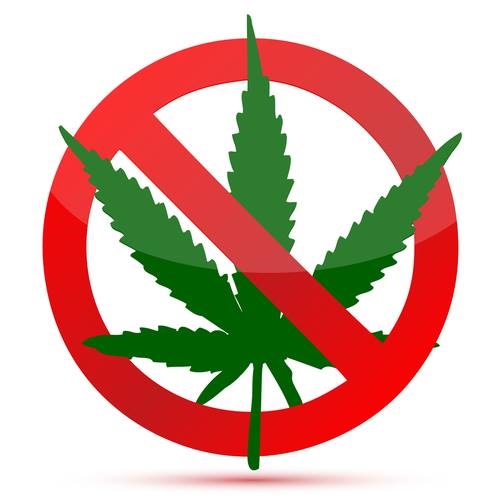June 10
Five years ago, a study of death certificate data attracted notice for suggesting that states that passed medical marijuana laws saw 25 percent fewer opioid overdose deaths on average than states that barred medical cannabis.
The authors were careful to point out that this finding was only a correlation, an intriguing hint at something that needed further exploration. There was no way to establish whether the availability of medical cannabis in some states protected against overdosing on harder drugs, even if some people used marijuana for pain.
Nevertheless, the cannabis industry took up the study to help win passage of medical cannabis laws in more states, even as medical experts expressed skepticism. In a 2018 report, for example, Maryland’s medical marijuana commission found “no credible scientific evidence” that marijuana could treat opioid addiction.
Now comes a study from Stanford University School of Medicine showing that when researchers looked at a longer period of time, states that introduced medical marijuana actually had 23 percent more deaths from opioid overdoses.
The new work appears to be a cautionary tale about inferring cause and effect — wanting research to show something it can’t because the nation is in the grip of a deadly opioid epidemic or because there is money to be made by offering possible solutions. The nation’s opioid crisis, now more than two decades old, has taken more than 400,000 lives, according to government data.
“A lot of people interpreted the first study as causal because it’s congenial to their goals,” said Chelsea L. Shover, a postdoctoral fellow in psychiatry who was part of the Stanford research team. “It did not say that one is causing the other.”
She added: “I wish it were true. I wish that passing medical cannabis [laws] would solve the opioid crisis. But the evidence doesn’t support that.”
In the 2014 study, published in JAMA Internal Medicine, researchers from Johns Hopkins Bloomberg School of Public Health, Montefiore Medical Center and elsewhere looked at the period from 1999 to 2010. They found 24.8 percent fewer deaths after states passed laws legalizing medical marijuana.
The Stanford research team replicated the earlier work in a study published in the Proceedings of the National Academy of Sciences. For the period from 1999 to 2010, they came up with very similar results — a 21.1 percent reduction in opioid overdose deaths. But once they extended the analysis to 2017, and even when they controlled for new laws allowing recreational use of marijuana and other factors, the data reversed.
Two of the researchers in the initial study did not return requests for comment Monday.
Shover noted that for the initial study, only 13 states had medical marijuana laws, and many of them were in the West, where the opioid epidemic arrived later. That may have accounted for some of the results, she said.
By the final year included in the Stanford analysis, 47 states had approved medical marijuana. As they nearly ran out of states that had no such laws, researchers looked at deaths in each state before and after passage, studying what happened over time.
There have been other studies of the issue, and there are lots of conflicting claims about marijuana and opioid deaths. But Shover said the “big takeaway for me here is, if policymakers are pursuing cannabis legalization as a way to address the opioid crisis, it’s probably going to be disappointing.”
More effective measures, she said, are well known: wider availability of treatment for addiction and increased distribution of naloxone, the antidote to opioid overdoses, among others.


